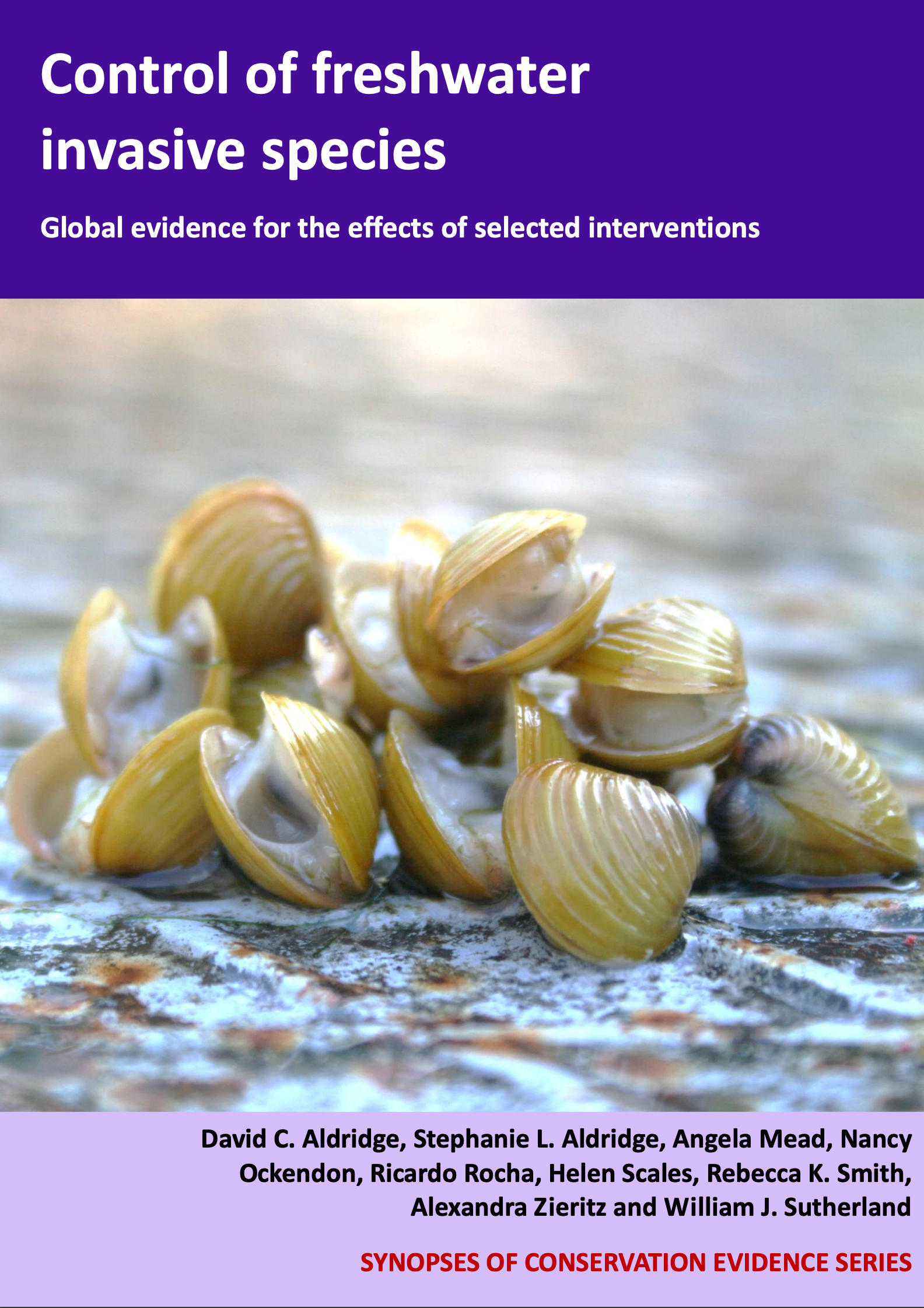Floating pennywort: Physical removal
-
Overall effectiveness category Likely to be beneficial
-
Number of studies: 2
View assessment score
Hide assessment score
How is the evidence assessed?
-
Effectiveness
40% -
Certainty
40% -
Harms
not assessed
Study locations
Supporting evidence from individual studies
A before-and-after study from 1991 to 1992 in a river in Western Australia (Ruiz-Avila & Klemm 1996) found that a two-week program of physical removal did not reduce floating pennywort Hydrocotyle ranunculoides biomass. Following the removal program in late 1991, by September 1992 the estimated biomass of floating pennywort in the river had increased from an initial 175 tonnes to 420 tonnes. Control attempts in 1991 involved a two-week programme of physical removal by cutting the floating mats of floating pennywort with sickles from small boats. The mats were then pushed by small boats to an aquatic harvester, floated to the bank and removed by a backhoe. Follow up maintenance control was continued until January 1992, when growth rates exceeded the rate of removal.
Study and other actions testedA study in 2005-2006 by the Broads Authority at Gillingham Marshes, Suffolk, UK (Kelly 2006) found that removal of floating pennywort Hydrocotyle ranunculoides using a mechanical digger and extensive hand picking, along with monitoring, greatly reduced the cover of floating pennywort but did not completely eradicate it. Hand-picking was undertaken at least once a month (usually every fortnight) throughout the growing season (March – September 2005-2006 ongoing). In addition, a mesh grid was added to the upstream end of the water pump at Gillingham Marshes to try to prevent floating fragments from entering and infesting the River Waveney, adjacent to the marshes. To dispose of the pennywort, it was piled on the site and monitored for regrowth. Monthly monitoring of the pile was undertaken and if signs of growth were observed, they were sprayed with the herbicide glyphosate.
Study and other actions tested
Where has this evidence come from?
List of journals searched by synopsis
All the journals searched for all synopses
This Action forms part of the Action Synopsis:
Control of Freshwater Invasive Species
Control of Freshwater Invasive Species - Published 2017
Control of Freshwater Invasive Species Synopsis





)_2023.JPG)














